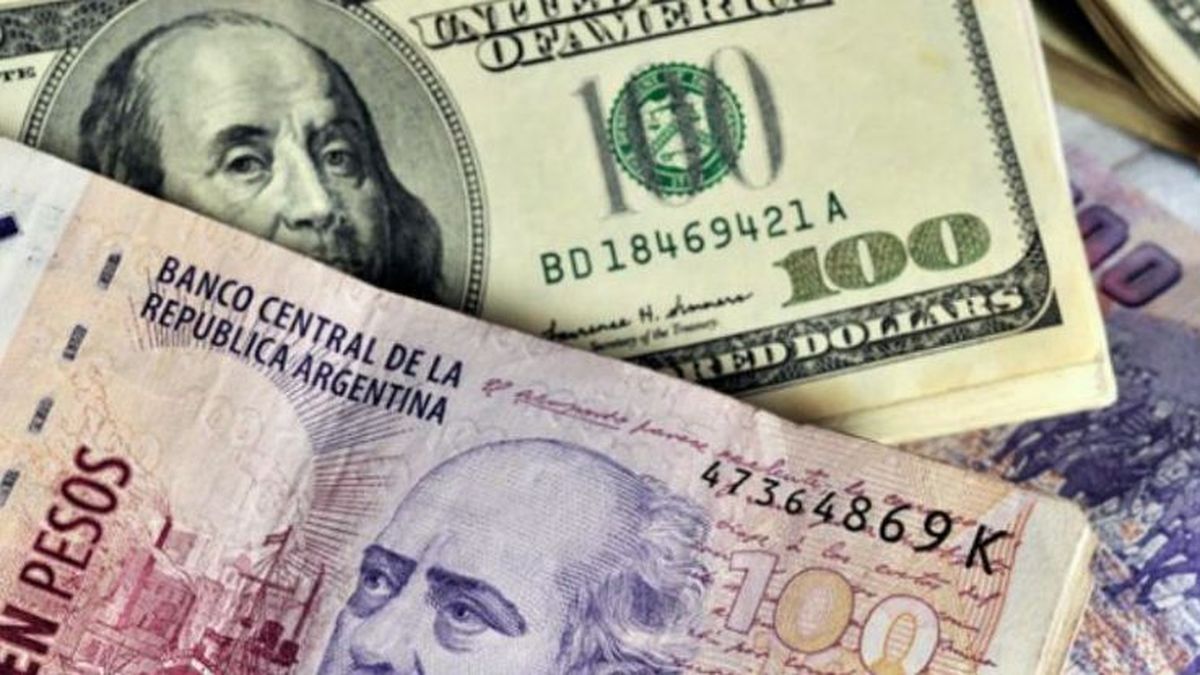The coins of the emerging economies are in the process of eliminating all earnings accrued in 2023. This is due to growing concerns about the chinese economy and the interest rates in USAwhich is negatively affecting the assets of higher risk.
The Brazilian real experienced a notable decrease in the week, being on the verge of registering its longest losing streak in more than two years. In parallel, the MSCI index of currencies of developing countries is going through its worst quarter in 2023, with a drop that puts it just 0.1% above the level at the end of 2022. Last week, a similar stock index had already erased its annual progress.
Currencies: what is the reason for this dynamic
The expectation that the Federal Reserve will maintain high interest rates and for longeramid signs of economic strength and doubts about China’s growth prospects, triggered global volatility, leading traders to unwind bullish positions in emerging markets. The rebound in oil prices, which reached their highest level in a year, further increases uncertainty.
Likewise, the massive sale of world bondsmotivated by the fact that crude oil reached new levels in its price, is causing a broader risk liquidation in currencies.
The collapse of the real over the last seven wheels, 3.9% according to Bloomberg, It is not enough to be the largest among emerging economies. Likewise, the Hungarian forint and the Colombian peso have fallen by at least 4% each, while the Mexican peso is close, with a drop of 3%.
The dynamics of the real are explained byr the intense outings of the last few days that pushed the so-called married, the difference between its spot price and the shortest futures contract traded on the local exchange, into negative territory. That puts the market in what investors call “backwardation,” with spot prices higher than futures, even though Brazil has higher rates than the United States. It is a rare event that only occurs in echoes of high demand for physical dollars.
According to Bloomberg, the increase in global volatility makes currencies less attractive for carry traders, since the risk of positioning in these assets increased without being fully compensated by higher profitability. The real now offers the lowest carry-to-volatility ratio since January, and the Mexican peso, perceived as the king of carry, is also significantly less attractive.
According to Wells Fargo strategists, “the combination of a resilient U.S. economy, an hawkish Federal Reserve and economic challenges in China is weighing on risk-sensitive assets.”
Source: Ambito
I am a 24-year-old writer and journalist who has been working in the news industry for the past two years. I write primarily about market news, so if you’re looking for insights into what’s going on in the stock market or economic indicators, you’ve come to the right place. I also dabble in writing articles on lifestyle trends and pop culture news.




